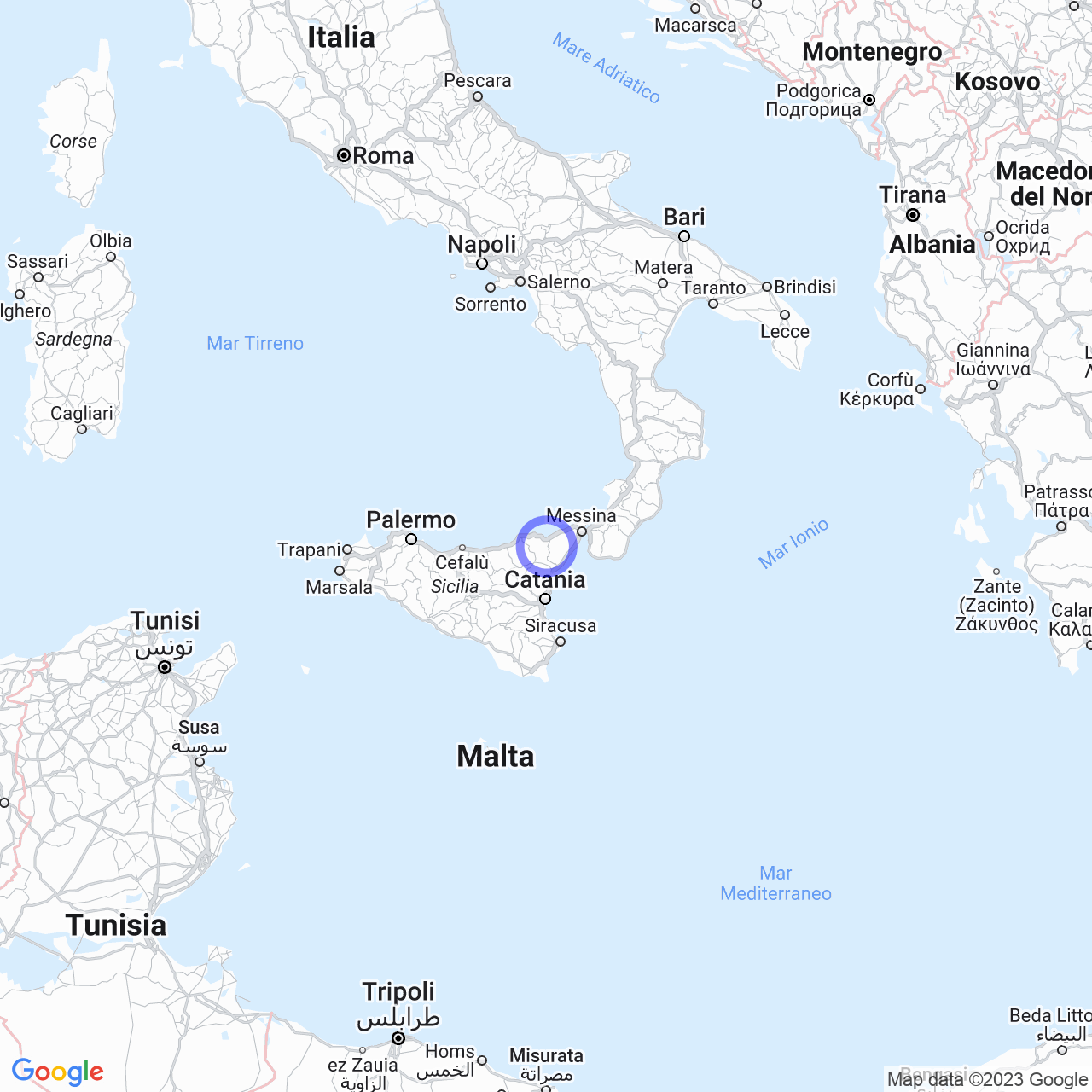Tripi
Tripi: a little gem in Sicily
Tripi is a municipality situated in the metropolitan city of Messina in Sicily, Italy. The municipal territory houses the remains of the ancient city of Abacano. The city has a rich history and a series of monuments and places of interest that make it a fascinating place to visit. In this article, we will explore the history of Tripi, its symbols, monuments and places of interest, and the infrastructure and transportation in the area.
History
According to historian Francesco Maurolico, the origin of the name Tripi comes from Vulcan's blacksmith named Sterope, cyclops. The city has a vast history dating back to the 1300s. During the reign of Peter I of Sicily, Tripi was granted as a fiefdom to Admiral Ruggiero di Lauria, who became its lord. Later, it was transferred to the Templar knight Ruggero da Fiore and finally passed through a series of proprietors until it became the property of Giovanni Grifeo and Maniaci, prince of Partanna, in 1600.
Tripi was once an important area of export for wine, oil, and silk. In 1813, a grain peculium was established which became an agricultural fund for wheat in 1839. In the following years, the city underwent slow and continuous migration.

Symbols
The coat of arms and gonfalon of the municipality of Tripi were granted by decree of the President of the Republic in 2005. The gonfalon is a white cloth with a blue border.
Monuments and Places of Interest
Religious Architecture
Tripi houses a series of churches that are of great historical and artistic interest.
The Church of San Vincenzo Diacono Martire is the mother church of the municipality. The church houses a statue of San Vincenzo, dating back to the eighteenth century.
The Church of Santa Maria del Rosario is a Baroque church built in the seventeenth century. The interior of the church is decorated with many works of art, including a Baroque-style altar from the 1700s.
The Church of the Santissima Trinità is a Baroque church built in the sixteenth century. The interior of the church is notable for its frescoes and sculptures.
The Church of San Biagio Vescovo is a church built in the eighteenth century. The interior of the church is decorated with stucco and frescoes.
The Church of the Annunciata is a Baroque church built in the seventeenth century. The interior of the church is decorated with frescoes and paintings.
The Church of San Gaetano da Thiene is a church built in the eighteenth century. The interior of the church is notable for its frescoes.
The former convent of the Carmelite Order is located near the Church of San Vincenzo Diacono Martire. The building was constructed in 1570 and was used as a hospital during the eighteenth-century plague.
Archaeological Sites
Tripi also boasts a series of archaeological sites. Among these, it is possible to visit the remains of the ancient city of Abacano, located in the municipal territory.
Infrastructure and Transportation
Tripi extends for almost 18 km along Provincial Road 116. In addition, the municipal territory is crossed by other provincial roads. However, the municipality is not directly accessible via the highway. The nearest highway exit is Falcone, Messina-Palermo.
Conclusion
Tripi is a little gem of Sicily, with a rich history and a series of monuments and places of interest for visitors. Thanks to its religious architecture, archaeological ruins, and panoramic location, Tripi is an ideal holiday destination. If you are planning a trip to Sicily, Tripi should be on your list of places to visit.
